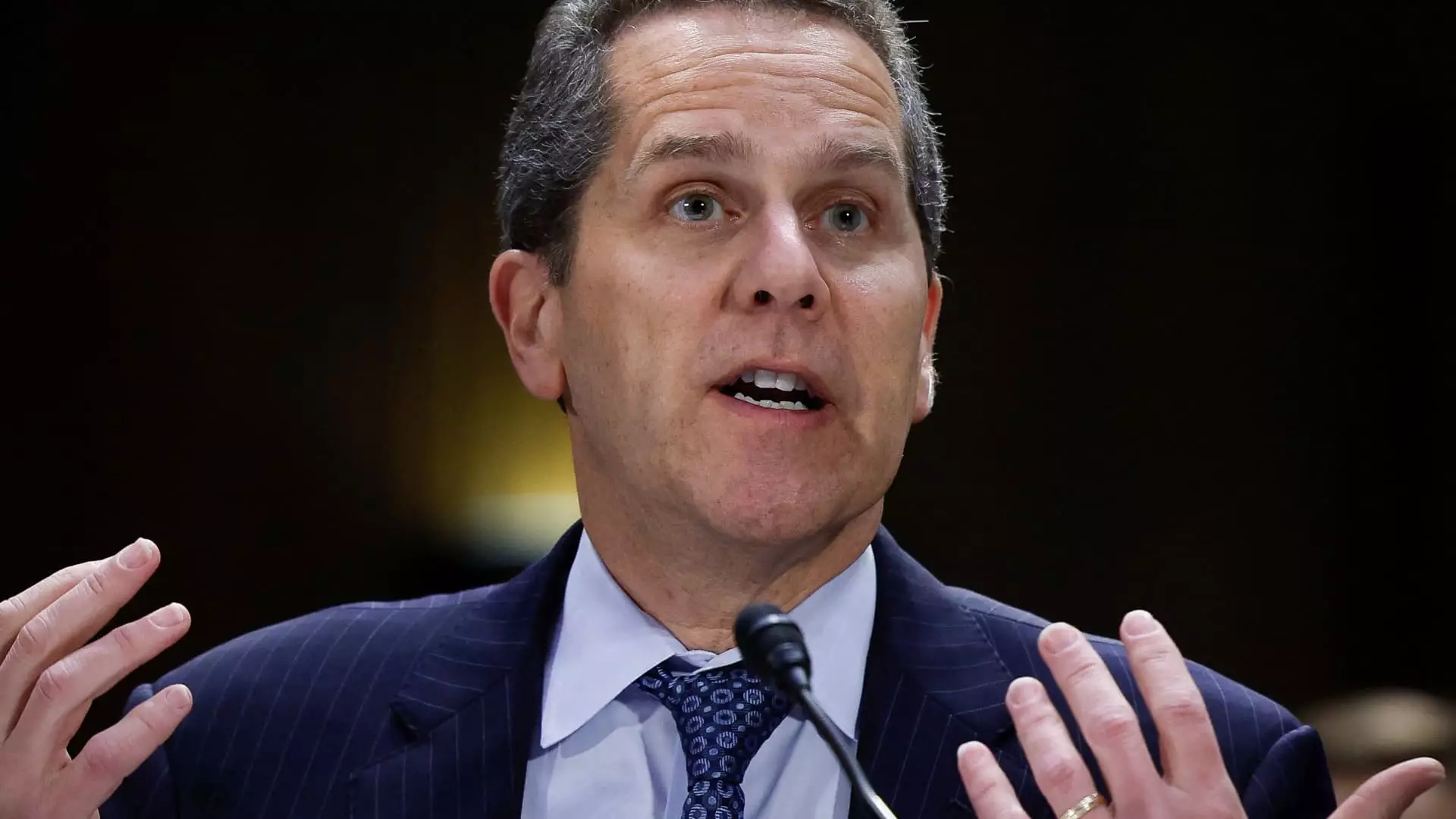Recently, a top Federal Reserve official announced significant revisions to the proposed U.S. banking regulations. Originally, the Basel Endgame was set to increase capital requirements for the largest banks by 19%. However, after receiving feedback from various stakeholders, including banks, business groups, and lawmakers, the Federal Reserve, the Office of the Comptroller of the Currency, and the Federal Deposit Insurance Corp. have decided to cut the additional capital requirement in half to 9%.
The decision to reduce the capital increase stems from concerns about the potential impact of the original proposal. While the initial goal was to enhance safety and oversight in the banking sector following the 2008 global financial crisis, critics argued that the higher capital requirements could lead to increased costs for loans and limit access to credit. Industry executives, such as JPMorgan Chase CEO Jamie Dimon, expressed strong opposition to the original plan, prompting a reevaluation of the regulations.
The revised proposal not only benefits large banks but also provides exemptions for regional banks with assets ranging from $100 billion to $250 billion. These regional banks will be required to factor in unrealized gains and losses on securities in their regulatory capital, potentially increasing capital requirements by 3% to 4% over time. This adjustment is a response to the failures experienced by midsized banks last year due to deposit runs triggered by unrealized losses on bonds and loans amidst rising interest rates.
Fed Vice Chair for Supervision Michael Barr highlighted the importance of striking a balance between increasing capital requirements and ensuring the stability of the financial system. While higher capital can improve resilience against economic shocks, excessive requirements could hinder lending and drive activity towards non-bank providers. The updated regulations aim to address these concerns by aligning capital standards with the needs of both banks and the broader economy.
The recent changes to U.S. banking regulations reflect a nuanced approach to financial oversight, taking into account the feedback and potential consequences of the original proposals. By recalibrating capital requirements and exempting certain institutions, regulators seek to promote a healthy balance between risk management and economic growth in the banking sector. As the financial landscape continues to evolve, ongoing updates and adjustments to regulatory frameworks will be crucial to safeguarding the stability and resilience of the banking system.

